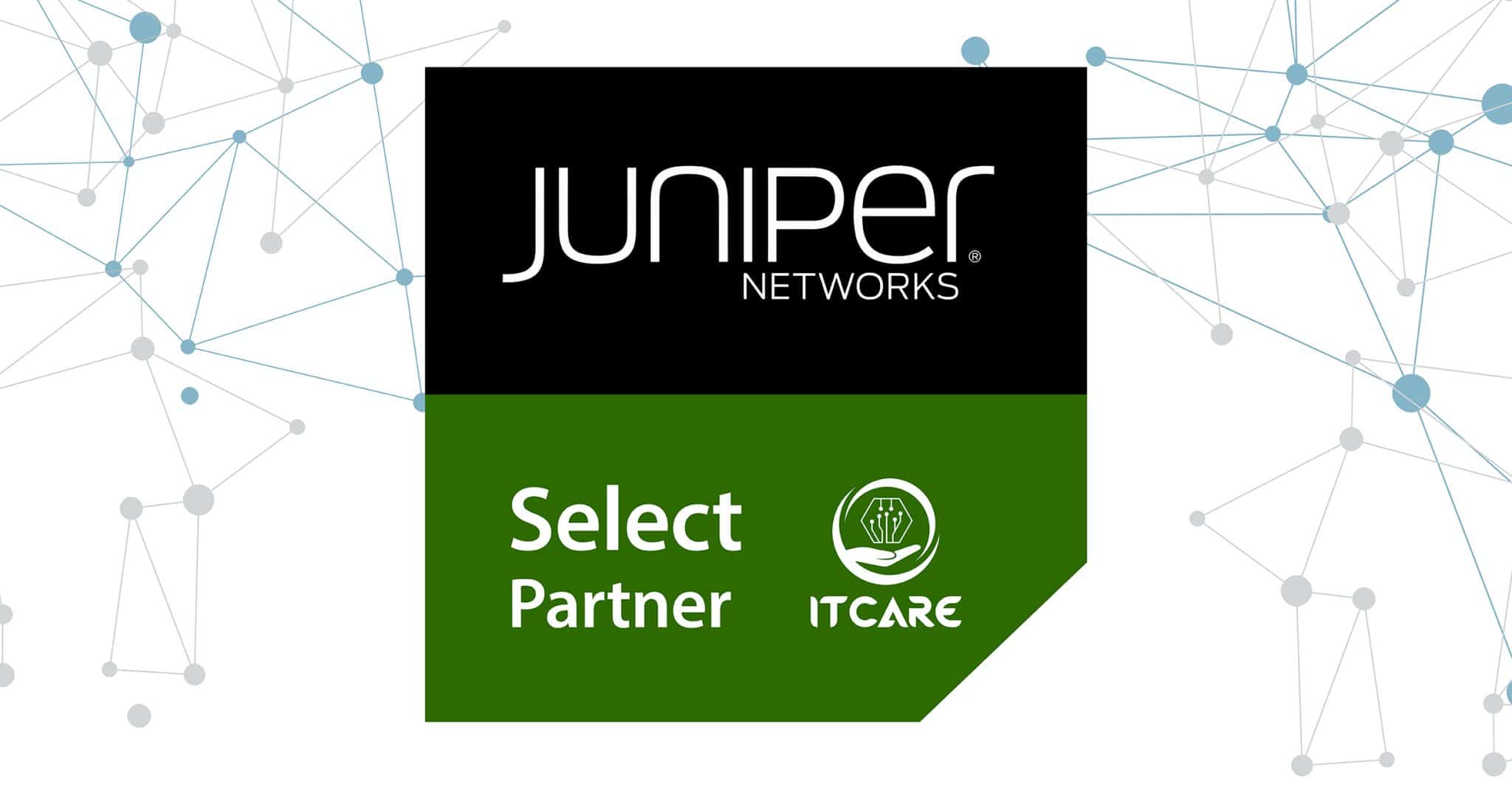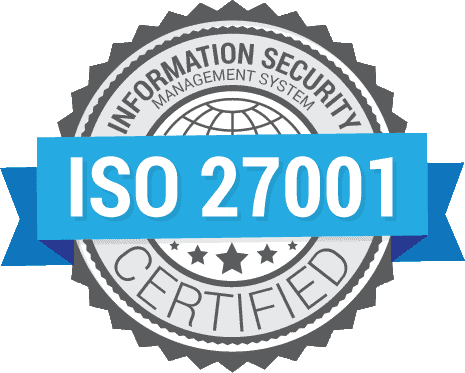Comparison: Traditional Network Architecture vs. Cloud Network Architecture
Choosing the Right Network Architecture: Traditional vs. Cloud-Based Models
Selecting a network architecture is a crucial decision for any business that depends on technology infrastructure. Many IT leaders wonder whether to continue with the traditional on-premise model or switch to a cloud-based network architecture, valued for its flexibility and simplified management. In this article, you’ll discover the key differences between the two models, their benefits and limitations, real-world examples, and practical recommendations. We also highlight decision-making criteria relevant to every organization, from small businesses with a single office to retail chains or corporations with complex, multi-site networks.
Defining the Concepts: Traditional vs. Cloud Network Architecture
Traditional Network Architecture
The traditional network architecture model relies on dedicated, locally managed hardware. Each branch or data center includes its own controllers, access points, switches, and servers. For instance, a company with five offices would host individual network equipment at each location, and the IT team would perform on-site configuration and maintenance. This setup was once the standard for organizations needing strong data isolation and full local control.
Main Components:
Dedicated hardware controllers managing local security and traffic
Stand-alone or controller-dependent access points
Local management via each device’s interface
Cloud Network Architecture
A cloud-based network emphasizes centralized management, with minimal on-site hardware and an online management platform. Controllers are virtual, and all configurations and monitoring are handled through a web interface. This allows an organization to manage all locations remotely from a single dashboard, without dispatching technical teams.
Core Elements:
Cloud-compatible switches or access points
A web-based management platform accessible anywhere
Remote configuration and diagnostics for all sites
Evolution and Limitations of Traditional Architecture

| License: e12dcff743d0954c52d16f42ea553e0d3e Alt: traditional network architecture symbol (do not publish) |
Traditional networks have evolved through several stages:
Standalone APs: Early wireless networks required manual setup for each device, efficient only for small offices.
Controller-Based APs: Centralized management improved security policies but created single points of failure.
Controller-Tunneled APs: Enhanced security through tunneling but increased complexity and reduced scalability.
Common Limitations:
High hardware and maintenance costs
Time-consuming on-site administration
Slow scalability due to physical deployments
Risk of downtime if controllers fail
No unified monitoring or analytics
These issues are especially challenging for growing or multi-location organizations.
Advantages and Limitations of Cloud Architecture
Why Businesses Are Migrating to the Cloud:
No more local controllers or costly hardware per site
Fast deployment: new devices auto-configure via the cloud
Easy scalability across multiple locations
Automated firmware and security updates
Higher resilience and uptime continuity
API integration with DevOps, IoT, and analytics platforms
Centralized monitoring and instant alerts
These benefits align with the goals of modern cloud consulting and IT optimization, where flexibility and predictable cost management are top priorities.
Costs and IT Management Impact
Budget and Efficiency Comparison
| Aspect | Traditional | Cloud |
|---|---|---|
| Hardware investment | High | Low |
| Setup/configuration | On-site, time-consuming | Remote, fast |
| Maintenance & support | Local, recurring costs | Centralized, cost-efficient |
| Multi-site management | Complex, localized | Simplified, remote |
| Scalability | Weeks or months | Hours or days |
| Local staff required | Yes, per site | Minimal, remote support |
In traditional setups, IT teams handle each site manually. Even small updates can take days. Cloud networks, however, enable centralized, real-time management, improving responsiveness and reducing downtime. Many organizations now rely on Network Operations Centers (NOCs) for unified monitoring and rapid intervention.
Network Security: Approaches, Challenges, and Solutions
Traditional Model:
Each branch enforces its own security policies using local firewalls and manual configurations. As networks grow, this decentralized approach becomes harder to manage and audit, increasing the risk of undetected breaches.
Cloud Model:
Cloud networks allow centralized security management — with end-to-end encryption, multi-factor authentication (MFA), and automated updates. Administrators can deploy policies globally from a single interface.
Still, sensitive data in the cloud should be protected using VPNs, VLAN segmentation, and additional encryption for critical applications. Combining local data centers with cloud management ensures both performance and safety.
Security Best Practices:
Regularly review privacy and compliance (e.g., GDPR)
Enforce MFA for all administrators
Implement audit logs and monitoring tools
Partner with vendors that provide automated updates and patches
Whether you choose a traditional or cloud-based network, your decision should align with your scalability, security, and compatibility needs. A well-designed network architecture supports business growth, ensures operational continuity, and minimizes risk.
Choosing between a traditional and a cloud-based network architecture is more than a technical decision: it’s a strategic one that shapes how efficiently your business operates. Traditional infrastructures still offer strong local control and reliability for companies with strict data isolation needs, while cloud networks provide agility, scalability, and centralized management that modern organizations increasingly rely on. The ideal approach often depends on your company’s size, growth plans, and IT resources. For many, a hybrid model that combines both worlds delivers the best balance between control and flexibility. Regardless of the path you choose, investing in a well-planned network architecture ensures consistent performance, enhanced security, and a foundation ready to support digital transformation. In today’s connected world, a resilient, adaptable network is not just an IT asset, it’s a long-term competitive advantage.







